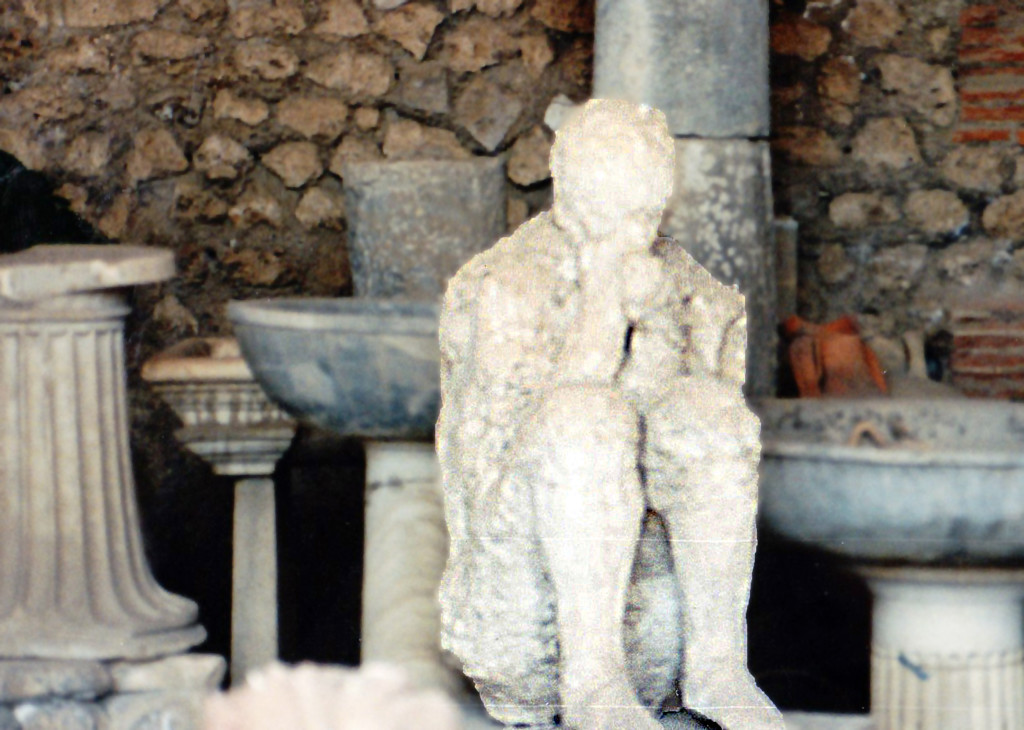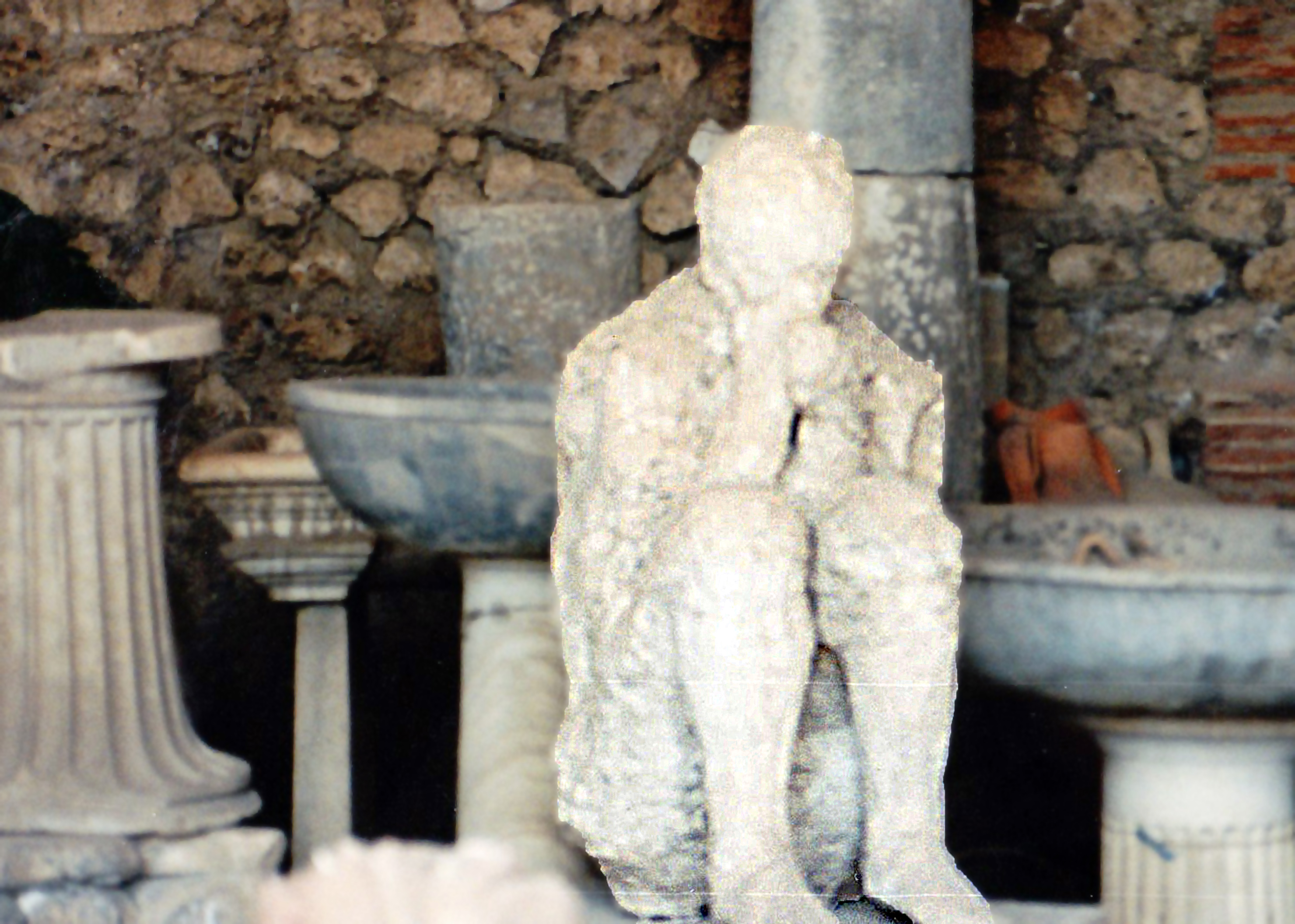
Because a volcanic eruption froze Pompeii forever in the first century, today’s visitors can explore an ancient city having amenities still enviable by residents of some cities. Houses had running water, indoor toilets, colonnaded courtyards and colorful, if sometimes obscene, frescos. Scholars have long known that Pompeii’s destruction was chronicled by a famous eyewitness. Some believe its opulence and sudden demise are also described in the Bible.
Pompeii was located on the Bay of Naples, about five miles from Mt. Vesuvius. Ash from past volcanic eruptions had made the surrounding soil unusually fertile. Pompeii’s proximity to the sea made it an attractive vacation destination for wealthy Romans and home to local merchants made rich importing luxury items. Pompeii residents were well known for their conspicuous consumption and enjoyment of pleasures of the flesh. With a population of maybe 10,000 people, Pompeii had more than 120 bars and up to 35 brothels, some displaying explicit pictures of their services.
Pompeii and thousands of its inhabitants were destroyed in 79 A.D., when Vesuvius erupted with unexpected ferocity, quickly burying the city under about 20 feet of pumice and ash. Plaster casts made from cavities formed around decayed bodies show many victims died suddenly while covering their faces to avoid the hot volcanic gases. The actual location of Pompeii was lost until 1599 when it was accidentally rediscovered and its buildings and art found to have been remarkably well preserved by the hardened ash.
The story of Pompeii’s destruction is known from letters written by Pliny the Younger, who watched from across the bay as his uncle, a Roman sea captain named Pliny the Elder, attempted an unsuccessful rescue by boat. Pliny the Younger’s later letters documenting his persecution of Christians provide some of the earliest evidence of Christianity outside the Bible. It seems fitting that a growing number of scholars believe the Bible contains another account of Pompeii. The eighteenth chapter of Revelation describes God’s sudden annihilation of a great city by fire and dust because of its great wealth, excessive luxuries and carnal sins. The parallels are many and striking, as you can read for yourself.



